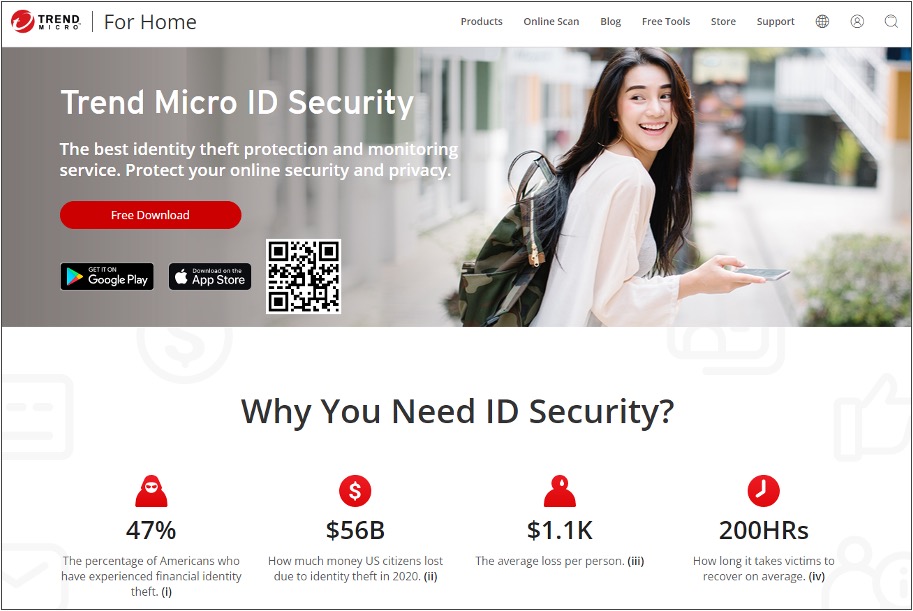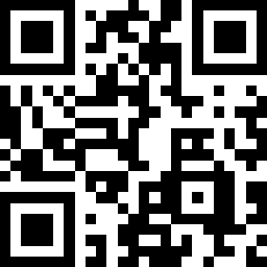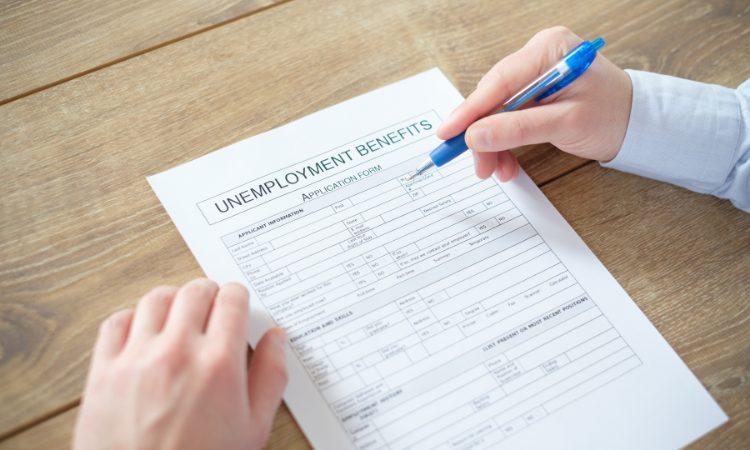Identity theft is a criminal act in which an imposter manages to acquire your personal information — such as Social Security number (SSN), driver’s license number, passport number, addresses — in order to impersonate you for monetary profit. Unemployment identity theft is a sub-category of this crime, whereby the criminal assumes your identity in order to claim unemployment benefits in your name.
Whilst this type of fraud has been around for a long time, cases have exponentially increased during the Covid-19 pandemic due to jobs losses and mass unemployment — provided the perfect smokescreen for this criminal activity.
There are four primary indicators that you have been the victim of unemployment identity theft. If any three should, steps should be immediately taken to clarify the situation and report any occurrence of fraud to the relevant authorities. They are as follows:
1. Receiving correspondence from a government agency regarding an unemployment claim or payment which you have not enacted. This includes unexpected payments and could come from any state.
2. Receiving an IRS Form 1099-G reflecting unemployment benefits you were not expecting and did not enact. Box 1 on this form may show benefits paid but which you did not receive — or alternatively, an amount that exceeds the benefits you did legitimately receive. As above, the form may come from a state in which you do not live.
3. Receiving a notice from your employer (i.e., while still employed), indicating that your employer has received a request for information about an unemployment claim in your name.
4. Unemployment payments are usually deposited to accounts the fraudster controls. But sometimes payments get sent to the real (you) person’s account. If this happens, the imposters may try to get you to send the money to them. They may for example, pretend to be your state unemployment agency and claim that the money was sent by mistake.
What to Do in the Event of Unemployment Identity Fraud
If, following the three warning signs above, you believe you have become the victim of unemployment identity fraud, steps should immediately be taken to protect yourself. These include:
- Report the fraud to your employer. Keep records of all communication (naturally, this applies to all steps below).
- Report the fraud to your state unemployment benefits agency. If possible, report it online. This will save you time and make it easier for the agency to process.
- File a police report. Get a copy of the report and submit to creditors — and any others who may require proof of the crime.
- Place a “fraud alert” on your credit reports. Review your credit reports periodically to ensure no new fraudulent activity has occurred. You can request your free credit report via annualcreditreport.com.
- Close the accounts that have been tampered with or opened fraudulently.
- Visit IdentityTheft.gov to report the fraud to the Federal Trade Commission (FTC) and get help with the next steps. IdentityTheft.gov will also help you add a free extended fraud alert or credit freeze to your credit report. These make it more difficult for an identity thief to open new accounts in your name.
- If the fraud has occurred during the Covid-19 pandemic, report it to the U.S. Department of Justice’s National Center for Disaster Fraud. Help them take down those seeking to make a profit from the pandemic and people’s suffering.
An Extra Layer of Protection: Trend Micro ID Security

Here at Trend Micro, a world-leading cybersecurity company, we have an app specifically designed to meet the challenges that identity theft brings. Available on Android and iOS, ID Security scours the dark web for any mention of your data (email address, passwords, codes etc.) in the event of it being sold or maliciously shared by cybercriminals. Its key features include:
- Dark Web Personal Data Manager: Scours the dark web for data such as bank account numbers, driver’s license numbers, passport numbers, and social security numbers.
- Credit Card Checker: Find out if someone has acquired your credit card number and put it on the dark web.
- Email Checker: Find out if any of your email addresses have been leaked to the dark web. You’ll be notified which exact account it is — so you can take the appropriate counter-measures.
- Password Checker: ID Security will notify you if you’re using a password currently in circulation on the dark web.
- Social Media Account Checker: Find out if your Facebook and Twitter Account have been breached and shared on the dark web.
- A Comprehensive Monitoring Report
Simple, efficient, and easy-to-use, follow this link or scan the QR code below to try the free 30-day trial version today! If this article has been of use and/or interest to you, please do share it with family and friends.

